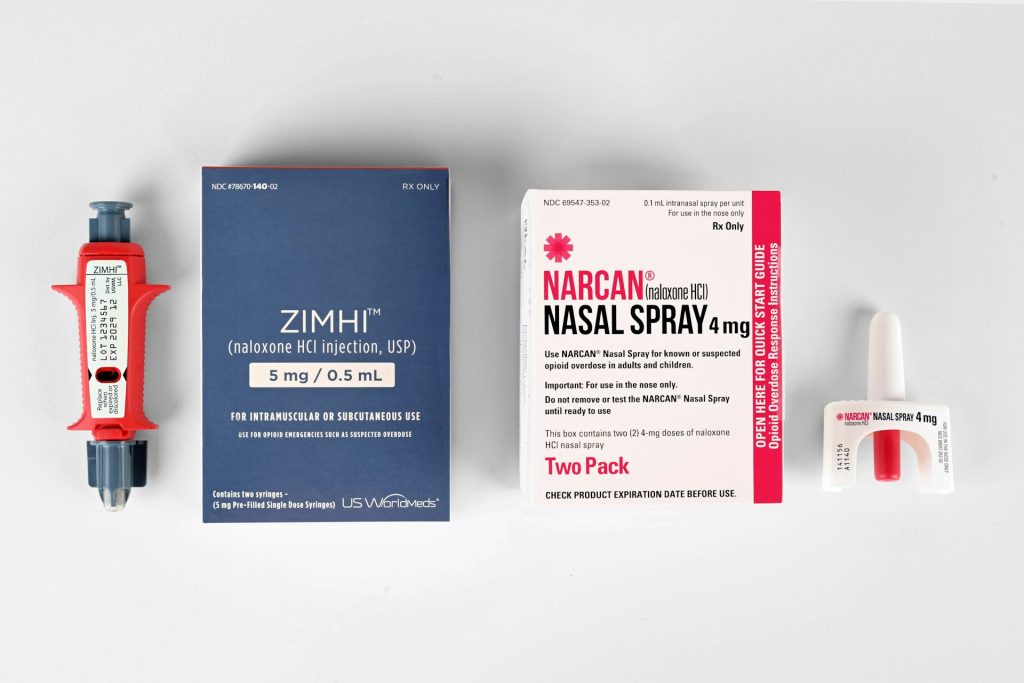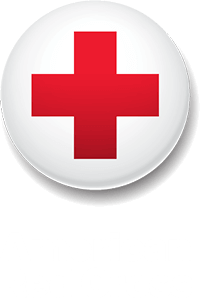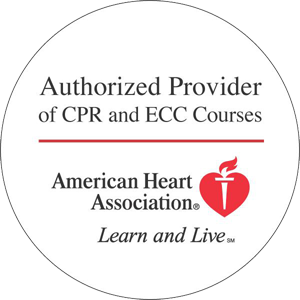As a newly graduated or experienced Certified Nursing Assistant (CNA) you may be looking for ways to expand your knowledge and skillset so you can be more confident in your abilities and provide better care to your patients. At HeartCert, we are proud to offer world-class CNA training and advanced healthcare training courses. In this article, we’ll share what we consider to be some of the top continuing education certifications for CNAs.

Why Continuing Education Matters for CNAs
Currently, Certified Nursing Assistants (CNAs) are not required to complete formal continuing education (CE) hours for license renewal; however, to maintain active status, CNAs must meet specific requirements, which vary by state.
For example, in Minnesota CNAs must work at least 8 hours performing nursing or nursing-related duties in a paid position every 24 months to remain active on the Minnesota Nursing Assistant Registry. Whereas in Iowa, guidelines state that CNAs must work at least one day every 24 months in a paid nursing role to stay active. In Utah, where requirements are more demanding, 200 hours are required within a 24 month period.
For the most accurate and up-to-date information, CNAs should check with their state’s Nursing Assistant Registry or Department of Health. While CE hours may not be required, CNAs can benefit from additional certifications to expand their skills and career opportunities.
Key Certifications to Advance Your CNA Career
Some individuals may be concerned that virtual CPR training is not as informative or effective as in-person training may be. However, research has shown that online CPR courses are just as effective as traditional classes. This study compared in-person instructor-led CPR courses with online computer-based courses. The results showed that both groups performed similarly in CPR skills assessments, demonstrating that online learning is just as effective as face-to-face instruction.
Trained Medication Aide (TMA) Course
Trained medication aide training gives CNAs the training needed to administer certain medications under supervision. In a TMA course, CNAs will also learn how to deliver high-quality patient care, adhere to facility medication policy, and follow safety protocols while administering medications and treatments. This is an ideal course for any CNA, but it is especially beneficial for those working in assisted living or long-term care facilities.
Find Out More and Register for TMA Course
Basic Life Support (BLS) Certification
Basic Life Support (BLS) training covers essential skills like CPR, AED use, and emergency response. A BLS course is beneficial for CNAs because it gives them the ability to respond effectively in emergencies, potentially saving lives and providing critical support until advanced medical help arrives. BLS certification is required for many who hold a position in a hospital or home healthcare setting.
Learn More and Register for BLS Certification
Advanced Cardiovascular Life Support (ACLS)
Another training CNAs may consider is Advanced Cardiovascular Life Support (ACLS). This course focuses on managing cardiac emergencies. Although CNAs are eligible to take this advanced training, most skills learned are typically outside of a CNA’s duties. They are intended for other healthcare providers, but this can be beneficial training for career growth and CNAs who are planning to transition into nursing roles.
How ACLS Training Prepares Healthcare Professionals for Emergency Situations
Find Out More and Register for ACLS
Pediatric Advanced Life Support (PALS)
Pediatric Advanced Life Support (PALS) is a specialized training for responding to pediatric emergencies. This training is recommended and may be required for certified nursing assistants working in pediatric or neonatal care settings.
Learn More and Register for PALS Training
How PALS Training Improves Emergency Response for Pediatric Patients
These are some of the top continuing education certifications that CNAs will find themselves taking to grow in their career and apply new skills in their day-to-day work. However, there are some additional courses and training that those wanting to get into other specialized areas of care may consider. Let’s look at those next.
Additional Continuing Education Options For CNA’s
- EKG Technician Certification – Learn to assist with cardiac testing and monitoring
- Wound Care Certification (WCC) – Useful for CNAs in long-term or post-acute care
- Hospice and Palliative Care (CHPNA) – Specialized training for end-of-life care
- Restorative Nursing Assistant (RNA) – Focuses on mobility and rehabilitation support
- Dementia or Alzheimer’s Care Certification – Helps CNAs provide better care in memory care settings
Choosing the Right Certification for Your Career Goals
As you can see, there are many different trainings available to CNAs looking to enhance their skills for better patient outcomes and career advancements. When choosing which courses are right for you and your goals, consider things like workplace requirements, time commitment and long-term benefits. This will help ensure the trainings you take align with your career aspirations.
Get Started with CNA Continuing Education Today
At HeartCert, our goal is to be the #1 trusted partner nationwide for CPR, AED, CNA, and advanced healthcare provider training. We believe that ongoing education is essential for Certified Nursing Assistants (CNAs) and other healthcare professionals to maintain their skills, stay current with industry standards, and deliver the best care to their patients. Explore our extensive continuing education trainings today and take that next step in your professional journey.
HeartCert is your trusted training partner for CPR, ACLS, PALS, EMR, First Aid, CNA, IV, EKG and more, throughout the United States.
Courses include CPR/AED/First Aid, Basic Life Support (BLS), Advanced Cardiac Life Support (ACLS), Pediatric Advanced Life Support (PALS), Certified Nursing Assistant training, IV training, EKG training, babysitter basics and more. Courses and certifications from both the American Heart Association and American Red Cross are available. We offer virtual courses and certifications, in all 50 states as well as in-person classes at our headquarters, HeartCert CPR Eagan and major cities in Iowa, Illinois, Georgia, Michigan, Minnesota, Mississippi, Nebraska, Pennsylvania, Texas and Wisconsin.









